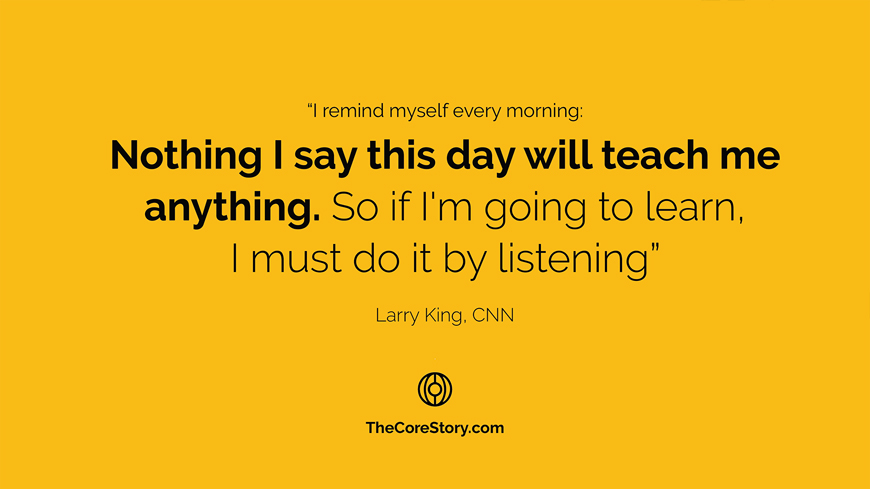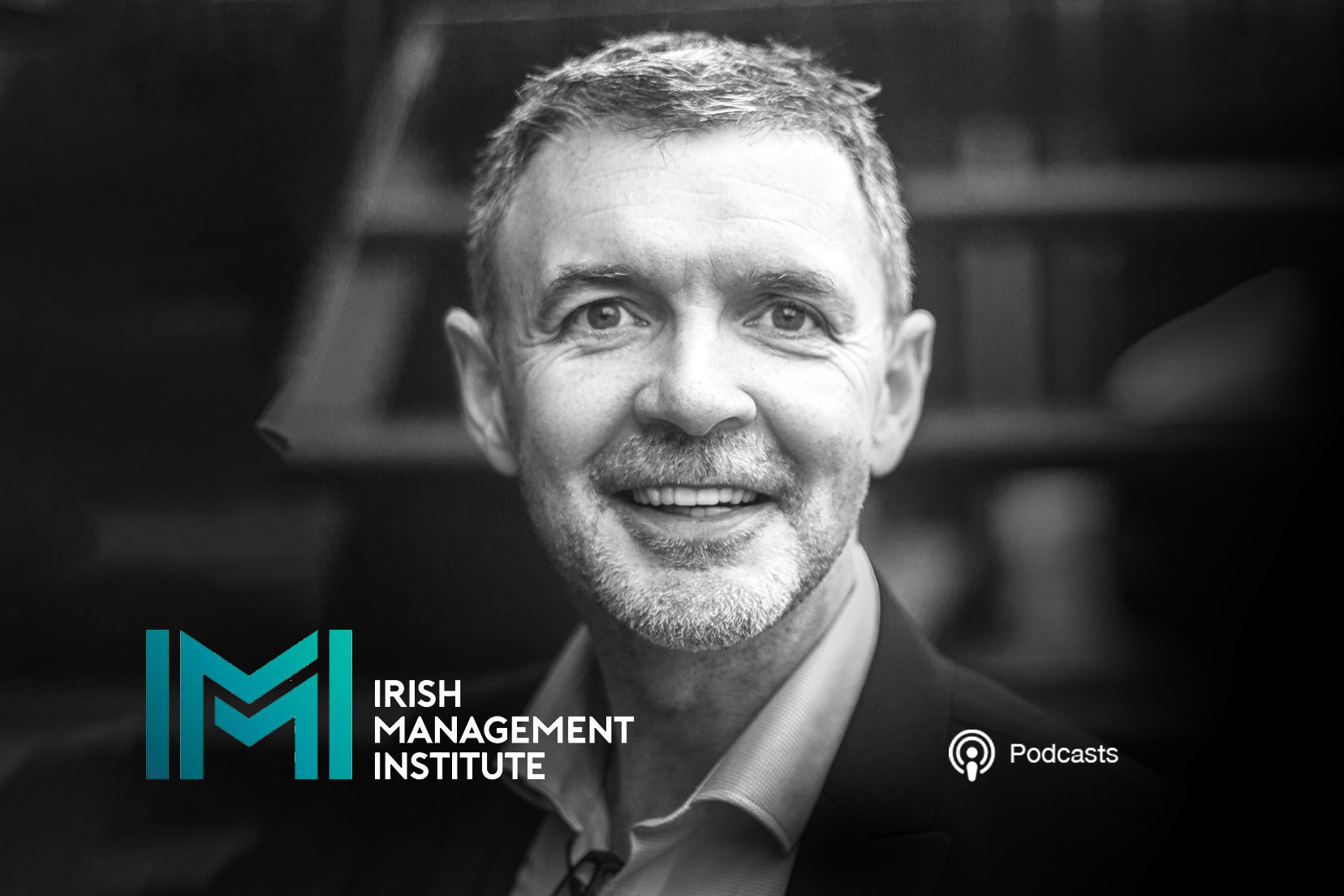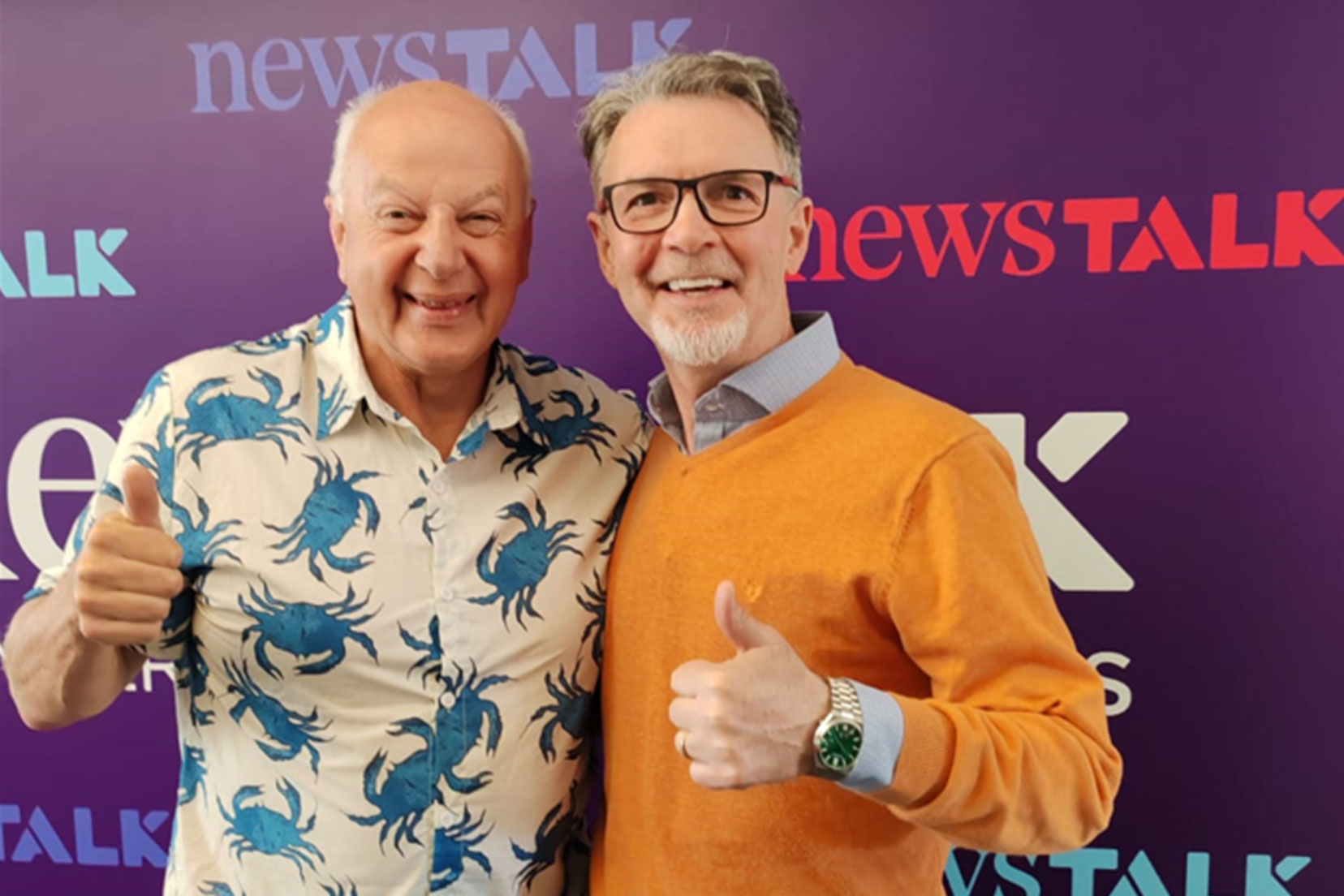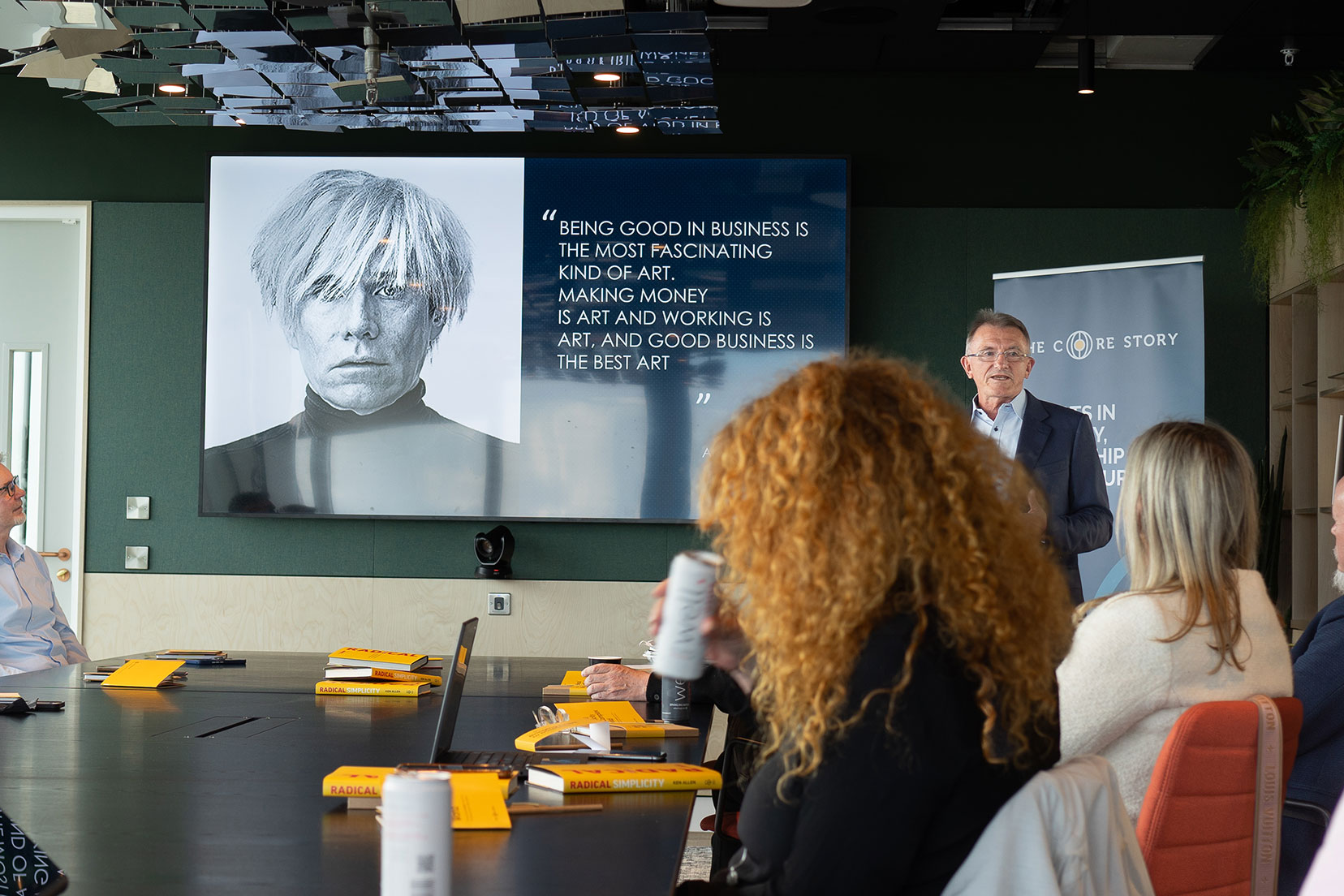Listening breathes action
When leaders prioritise listening to stories in business, they prioritise the people who tell them.
Human-centred leadership prioritises listening and communication. Leaders who actively listen to their employees, customers and other stakeholders seek to understand their needs, challenges and concerns. Continued learning opportunities enabling everyone to assess their inherent unconscious and implicit biases that can impact their interactions with colleagues are crucial.
Human-centred leadership is an approach that prioritises the well-being, growth and development of people. The aim is to create a positive and sustainable workplace culture that improves employee engagement, motivation, and productivity. Research by Deloitte has shown that 83% of executives and 84% of employees rank having engaged and motivated employees as the top factor that substantially contributes to a company’s success.

Human-centred leadership (HCL) aims to create trust and collaboration, which are the foundations of a healthy workplace culture. It prioritises empathy, which means leaders seek to understand both their own, and employee perspectives, motivations and feelings to create a supportive environment where they can thrive. Because HCL prioritises collaboration, solutions and decisions are more likely to suit all stakeholders and have higher buy-in. Leaders model vulnerability when they admit when they’re wrong, regularly solicit feedback, and take time to self-reflect about who they are. They choose transparency over control, relationships over hierarchies, and wellbeing over productivity.
Human-centred leaders value humility and always assume there is more to learn. They bring a growth mindset to their work, focusing more on learning than on looking smart or being right. These are all things which allow them to connect and inspire their teams in a way that resonates and is unique to them.
In action
So, what does human-centred leadership look like in practice?
Satya Nadella, CEO of Microsoft, emphasises empathy and inclusiveness in his leadership style. He has made significant efforts to improve diversity and inclusion within the company and to help people with disabilities succeed at work.
The former CEO of Zappos, Tony Hsieh, centred his leadership style on well-being and happiness for his employees and started initiatives such as free life coaching and onsite wellness programs.
General Motors CEO Mary Barra is known for her commitment to creating a culture of inclusivity and diversity. She has implemented an initiative to support people from underrepresented groups, as well as mentorship and unconscious bias training. Barra has also prioritised ethical behaviour and transparency in communication.
Importance of Story
One of the most effective communication methods that human-centred leaders use is story.
Storytelling is a powerful tool to create a culture that values empathy, collaboration and inclusivity. Leaders can use stories to illustrate their values and beliefs and connect with their stakeholders. Stories can inspire employees to get behind the vision, help them to operationalise a strategy and motivate them to innovate and change behaviours.
Human-centred leaders use storytelling to help others understand the impact of their work on individuals and communities. By sharing stories of how their products or services have helped people or by sharing the experiences of customers or employees, leaders can create a deeper sense of meaning and purpose for companies’ work. When leaders share personal stories of vulnerabilities, they model authenticity and openness, which can be challenging to achieve through other means. When leaders listen to their employees’ stories, they can create an environment of safety and trust that fosters collaboration and creativity.
“The most important thing in communication is hearing what isn't said.”
Peter DruckerWhat’s next?
Human-centred leadership approaches create a workplace culture of listening to needs. By valuing diverse perspectives and encouraging discussion, human-centred leaders develop a culture of innovation which supports long-term survival in today’s rapidly changing business landscape.
Key questions for you and your team: Am I brave or safe at work? When do I feel uncomfortable and why? How can I create a culture that enhances trust and allows all of us to lean into difficult conversations?

Human-centered leadership is at the heart of many changes happening in business. Supporting your people and nurturing a healthy culture isn’t a distraction from business goals in fact, it’s deeply strategic. Contact us to see how your organisation can develop your leadership practice.
The Core Story are innovators in the transformation of business performance enabling leaders to engage hearts and minds and bring strategy to life for everybody, everyday. We are an imaginative force transforming leadership. Specialising in human centered leadership and strategy, we partner with clients to establish their strategy story and bring it alive throughout the organisation.



